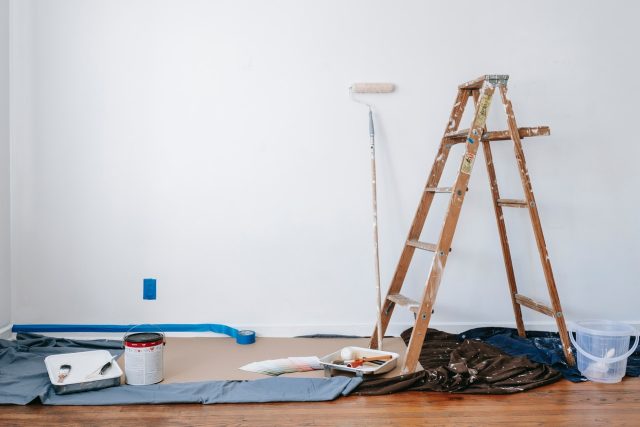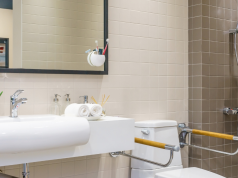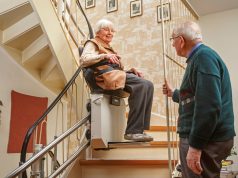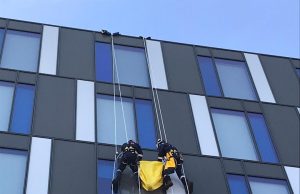
Ladders are a key essential piece of equipment used both by those who work in trade and those who don’t. Ladders can be used for all manner of jobs both big and small, from plastering a roof to changing a lightbulb.
As useful as ladders are, they are also unfortunately a massive health risk. Falling from even the lowest rung can cause a serious – potentially fatal – accident. In fact, ladders are by far the largest cause of accidents both in the workplace and at home. Ladders account for around 40% of falls from height investigated by the Health & Safety Executive in workplaces in the UK each year, and around 48,000 people attend A&E in the UK every year due to ladder related incidents.
If you’re interested in finding out more on how you can keep yourself safe when using ladders, you’re in the right place!
How Can You Keep Safe When Using a Ladder?
There are lots of different types of ladders; step ladders are possibly the most popular as they can be used for such a wide variety of different purposes. A few other popular ladders include extension, articulated, multipurpose, and telescopic ladders.
Here are a few tips on how you can stay safe while using a wide variety of different ladders:
1. Inspect the Ladder Before Use
It’s important to check the ladder before every use to make sure that it’s still in suitable working condition. Here are a few things you should look out for:
- Loose or missing rungs
- Loose nails, screws, or joints
- (Wooden ladders) rot, cracks, or warping
- (Metal ladders) rusting or corrosion
- Wear on rubber feet or grip pads
2. Check Your Surfaces
Ensuring that your ladder is properly positioned before ascension is one of the easiest ways you can avoid accident and injury when using a ladder. Before stepping onto the ladder, make sure that;
- All of the feet are firmly on the ground and that weight is being distributed evenly
- The surface is even and non-slippery
- Check the surrounding area for possible hazards, such as children playing ball games, cars, and pedestrians walking by
- Check that the safety locking mechanisms are all locked
- The ladder is properly positioned at a 75-degree angle (if in doubt, use the 1-in-4 rule, one unit out for every 4 up. For example, 1 meter out for every 4 meters up)
3. Points of Contact
When using the ladder, always ensure that you are maintaining 3 points of contact. This means that between your 2 hands and 2 feet, you should always have 3 on the ladder at any given time.
4. Don’t Push It
This piece of advice can be interpreted literally and figuratively. Yes, don’t push your ladder around or away from the way when it’s in use, but also, don’t push your luck metaphorically. If there are certain areas that you need to reach, don’t try and over extend dangerously. If you must, use a stand off to create extra reach, or dismount the ladder to reposition it in a way that give you better reach. Pushing your lucky because you don’t want to be going up and down the ladder to reposition it is a sure-fire way to cause an accident.
Step Ladders
All of the above advice can be applied to step ladders, but there are a few additional things you should keep in consideration when using step ladders to keep safe. Keep an eye out for wobbling or unsteady balance, broken stops on hinge spreaders or broken hinge spreaders themselves, or a loose pail shelf.
If you find any issues or damages on your step ladder, or any ladder at all, it’s always better to be safe than sorry, even if you only need to use it for a small job like changing a lightbulb. It might be tempting to just quickly hop on and off, but even the smallest job can be enough time for an individual to fall and sustain serious injuries.
If your step ladder is damaged, we recommend making the necessary repairs immediately, or investing in a new ladder as soon as possible. We’d recommend in investing in a durable, high-quality step ladder like those available from Ladders UK Direct.
Having quality equipment is a vital necessity when it comes to conducting any activity, especially ladders. If possible, try and have a second party assist you during ladder use, to stable the ladder at the base if necessary, or to hand you tools and items to prevent unnecessary leaning and tilting.
We hope that this blog has been useful to you, and you now feel ready to go out into the world and use your ladder confidently and safely!













